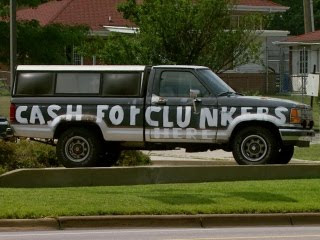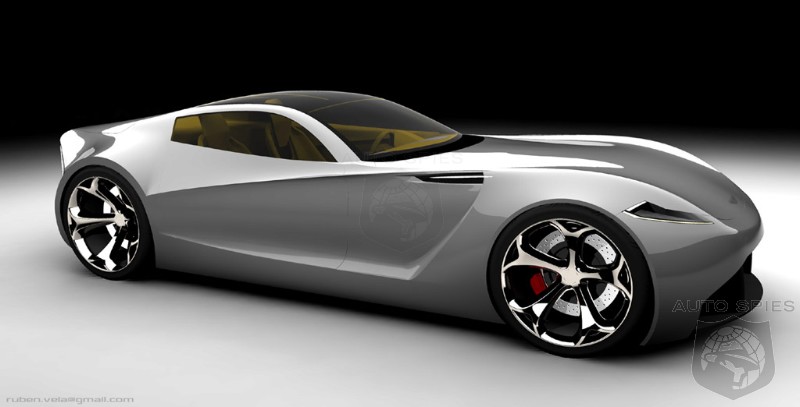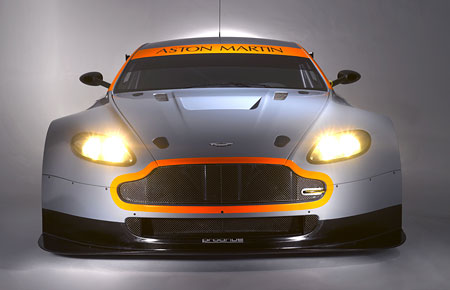
During the recent government "cash for clunkers" program this country witnessed an art car renaissance within the car dealership community. The program gave birth to the hidden talent that laid dormant within some of our countries finest car sales people. No longer did they just have to blow up balloons first thing every morning or make sure that the standard signage was clean and ready to go. During cash for clunkers a new and innovative signage program was needed so they took to their canvas with gusto to tell the world about it. What we saw was the raw inner creative spirit coming through as public works of art through car painting, car sculpture and even car destruction performance art. I don't know if our country will ever be the same, but I hope this new cash for clunkers art car renaissance will not effect us adversely.






Cash For Clunkers Sculpture



Cash For Clunkers Destruction Performance Art








 At the same time, the remainder of the WM/VE sedan range received significant modifications that improved its crash performance, such as a redesigned steering column shroud, which is designed to reduce driver knee injuries, and alterations to the rear doors that prevent them from coming unlatched in the event of a crash – as one did in the VE’s original ANCAP test.
At the same time, the remainder of the WM/VE sedan range received significant modifications that improved its crash performance, such as a redesigned steering column shroud, which is designed to reduce driver knee injuries, and alterations to the rear doors that prevent them from coming unlatched in the event of a crash – as one did in the VE’s original ANCAP test.











